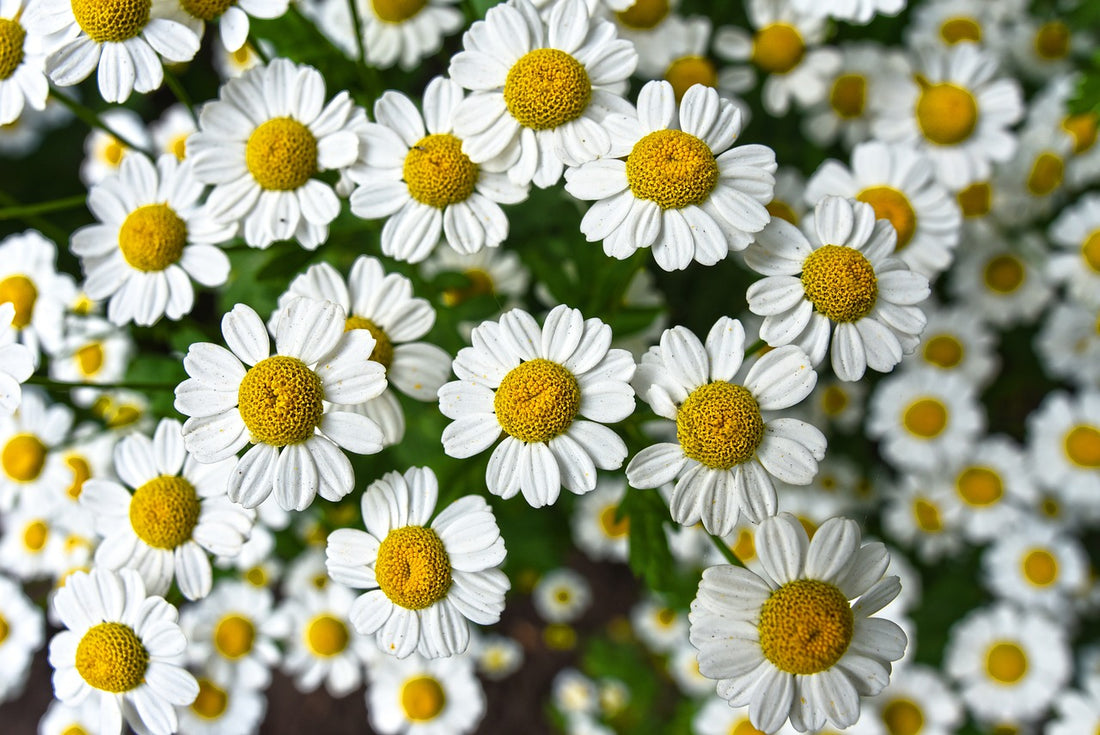
Highlighting a key herb in The Healer Balm
Chamomilla matricaria, asteraceae
Chamomile is a superior nerve relaxant, safe for people of any age. It is a mistake to assume that just because an herb is gentle it won’t have a profound effect - chamomile is proof of this. In addition to being excellent for calming nerves, chamomile is an excellent gastric anti-inflammatory. Chamomile is a good herb to turn to during PMS when the stomach is unsettled and the nerves are on edge. During a cold or flu, cups of chamomile tea can be administered to soothe discomfort. Applied topically, chamomile lends its soothing anti-inflammatory properties to the skin.
A few of my favorite ways to work with Chamomile:
- Brewing a nice cup of Chamomile tea for anyone in my house (including myself) who is whining to an excessive degree. Herbal practitioner, author, historian, and one of my teachers, Matthew Wood says “chamomile is for whiny babies of all ages”, I couldn’t agree more.
- Infusing Chamomile in oil when I want to work with its cooling, inflammation reducing properties. As a bonus, it smells AMAZING and I can feel myself breathing more deeply when I inhale the aroma and apply the balm. Relaxing!
- As a hair rinse! In herbal books, they specify chamomile for blondes, nettle for brunettes, etc. But I am brunette and I love a little chamomile in my hair rinse - know the rules so you can break them hehe. Recipe at the bottom of this email!
Chamomile is native to southern and eastern Europe as well as western Asia. It has been widely introduced to temperate climates all over the globe. In the northeastern United States, chamomile grows as a self sowing annual. That means that even though Chamomile is an annual, you can expect it to come back year after year in the same location because it drops seed and self propagates the next generation. I have noticed that chamomile seems to prefer poor, sandy soil and will gladly grow in compacted pathways.
Chamomile oil: Dried Chamomile flowers infused in oil at a 1:4 ratio (one part Chamomile, four parts oil)


